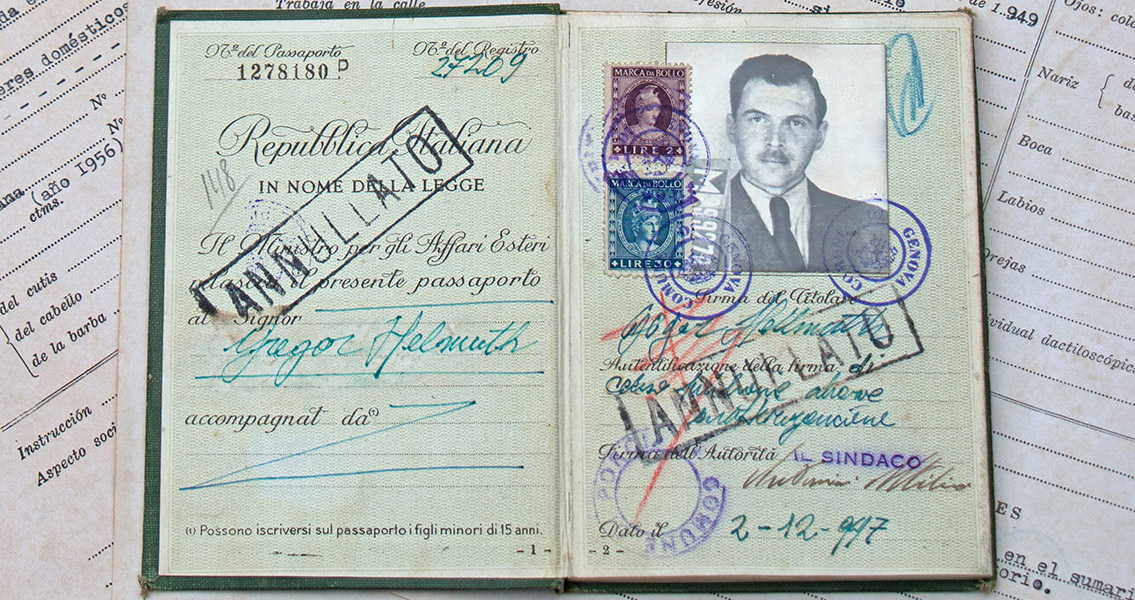<![CDATA[Dr. Josef Mengele took up the position that would make him one of the most reviled figures in history on 24th May, 1943, when he arrived for work at Auschwitz concentration camp. By the time Mengele arrived at the camp, the Second World War in Europe had less than two years to run, the horrific machinery of the Final Solution soon to be dismantled by the advance of the Allies from the east and west. Yet in that period Mengele carried out cruel experiments the number and nature of which became shocking examples of the consequences of the Nazis' attitudes to genetics and race. Initially, Mengele was employed as the medical officer for Birkenau's 'Gypsy' camp, but the position proved a short lived one following the camp's closure by Nazi authorities. He was then appointed Chief Camp Physician of Birkenau (also known as Auschwitz II), working under the jurisdiction of Dr. Eduard Wirths, the highest ranking physician at the concentration camp. His icy demeanour and shocking cruelty soon earned Mengele the nickname 'The Angel of Death' around the camp. One of his responsibilities was to observe new prisoners arriving at Auschwitz, isolating those who were too sick to work and those who would be taken for medical experimentation. All of Auschwitz's medical officers would have performed this task as part of their regular duties, yet the emotionless manner with which Mengele supposedly did so meant he was associated with it more than any other. His bizarre, brutally gruesome experiments over the course of his employment at the camp are linked with the deaths of over 400,000 victims. Trained medics among the camp's prisoner population were enlisted to do much of the more mundane or disgusting work in Mengele's lab, performing autopsies on Mengele's dead victims for example. It is through one such figure, Dr. Miklos Nyiszli, that we know so much about the inhumane experiments Mengele performed in the name of science. Nyiszli, a Jewish prisoner who had been a physician before his imprisonment at Auschwitz, published a book detailing his experiences working under duress for 'The Angel of Death'. Hoping to submit his research as part of a doctoral dissertation, Mengele's experiments focused particularly on Jewish and Roma sets of twins, the doctor believing them to hold the key to understanding genetics. Given almost free reign, Mengele had his victims injected with substances ranging from petrol to chloroform. Twins were killed just to be dissected, or deliberately infected with diseases in an attempt to show their lack of immunity; providing support for his ideas of inferior and superior races. Originally educated as an anthropologist, Mengele's lethal obsession with genetics and racial theories formed during his time studying in Munich, where he was introduced to the ideas of Alfred Rosenberg, a Nazi ideologist. Ever since joining the Nazi party Mengele had written essays and articles concerning racial variations and genetic abnormalities. His appointment at Auschwitz gave him an opportunity to put these horrendous theories into practice on live subjects. Somehow, Mengele managed to escape punishment following the Nazis' defeat, eventually reaching South America and living in both Brazil and Paraguay. Following analysis of dental records, it was determined that Mengele had died of a stroke in 1979, living his last years under the alias 'Gerhard'. ]]>
'Angel Of Death' Josef Mengele Arrives At Auschwitz
